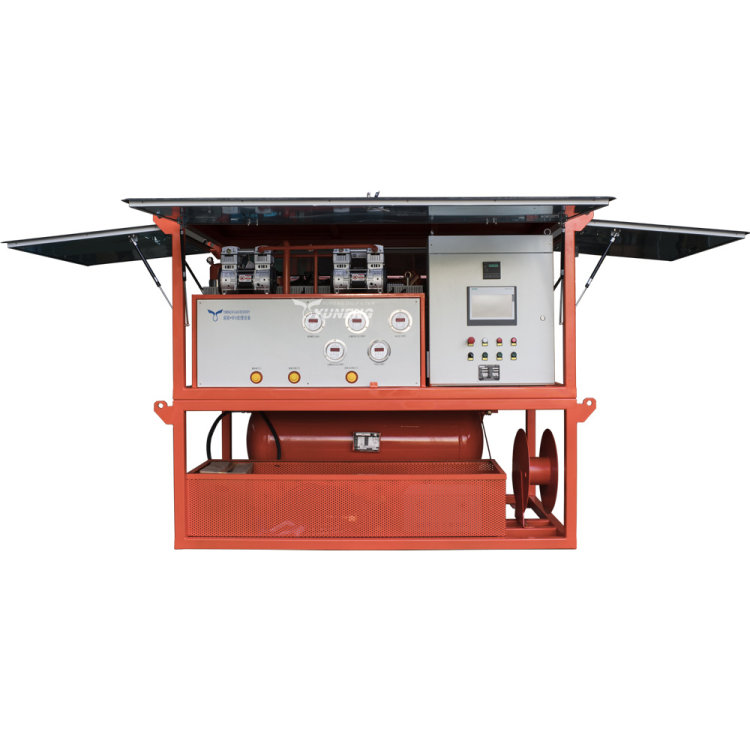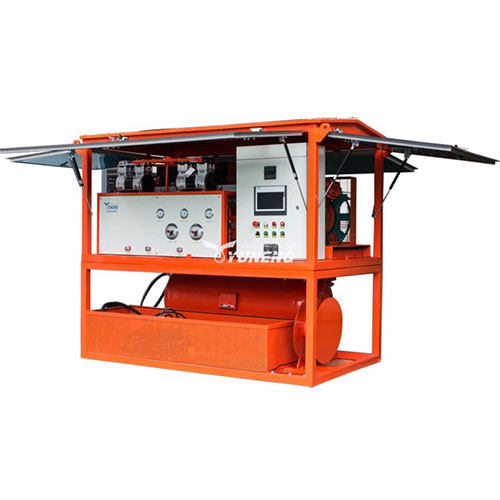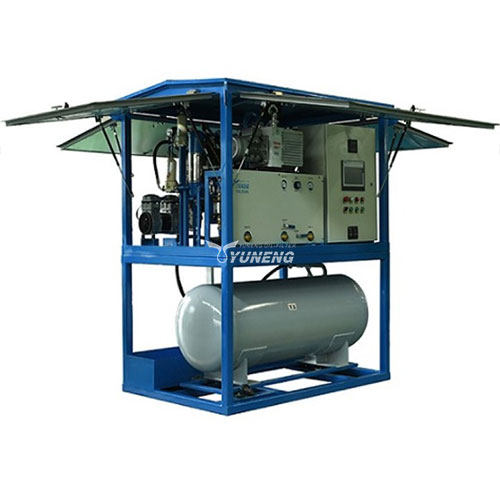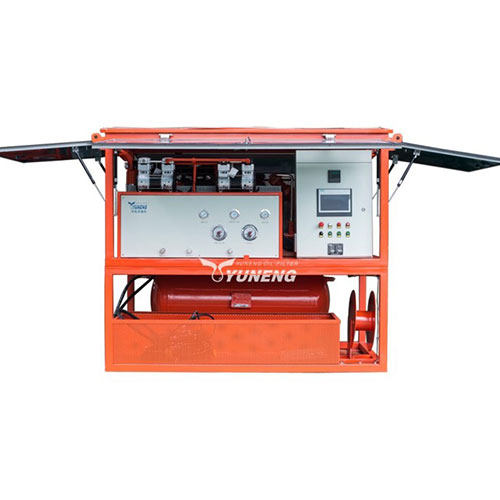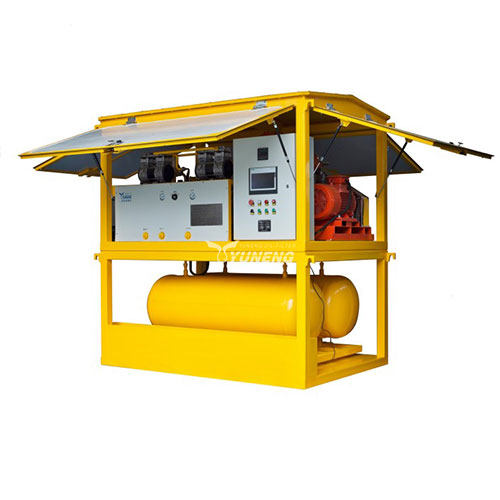Why Transformer Oil Needs Regular Degassing Treatment
Table of Contents
Among other elements, transformer oil is the most fundamental element in the smooth running of power transformers. It acts as an electric insulator and cooling substance simultaneously while dissipating excessive heat during the operations. Over time, moisture and particulate matter due to ambient oxidized and thermally stressed environments contaminate the oil. This, in turn, much as in the case of all other similar substances, greatly deteriorates the oil’s cooling and “dielectric” properties. This, however, is theoretical as oil is meant to thermally insulate and refrigerate. Hence, it is transformer oil degassing that keeps the oil filtration and maintenance routines of a transformer functioning optimally. Periodic degassing ensures the transformer functions reliably and the oil’s insulating power is preserved.

Part 1: Why Is Transformer Oil Degassing Necessary?
Every transformer operation has its own peculiar conditions under which different gases can be dissolved in its oil, namely: oxygen, nitrogen, hydrogen, and carbon dioxide. Gases may be sourced from the oxidation of oil, a breach, or a tank’s sufferage, and the corrosion of its insulating substances. An oil dielectric and gas insulated apparatus suffers gas and oil breakdown at lower altitudes, the lower the concentration of the oil oxygen. The presence of moisture in oil or gas-filled transformers leads to a marked acceleration in aging, whereas hydrogen and hydrocarbon gases are indicative of weakening insulation.
To improve the dielectric capacity of the oil in the transformer and the insulating materials aging more slowly, the gases must be removed. Properly degassed oil improves insulation in the transformer and prevents breakdown by withstanding electrical stress. Insulating oil and insulating paper are converters of electrical and informational systems that use insulation in the form of transformers, oil-filled systems, and gas filled systems. Insulating oil, insulation paper, and moisture can all be degassed. In other words, the degassing is a preventive activity and the entire transformer is more reliable, the operational costs lower, and the safety of the operation improved.
Part 2: Common Transformer Oil Degassing Methods
Depending on the size of the system and its operational requirements, numerous methods can be used for removing dissolved gases from transformer oil.
- Vacuum Degassing: This is the most effective and widely used method. Under reduced pressure, the oil is ‘de-gassed’ by the vaporization and separation of gases and moisture. Very light heating of transformer oil speeds the release of gases, and the transformer oil is then placed under vacuum in a degassing chamber. The vacuum pump system continuously removes the liberated gases to achieve a very high level of purification.
- Thermal Degassing: As the name suggests, it involves heating the transformer oil to ‘vent’ off dissolved gases. While effective for certain gases, it is less efficient than vacuum methods and is a very poor candidate for servicing high-voltage transformers due to its limited capability of removing gases.
- Centrifugal or Mechanical Degassing: In this case, either the centrifugal force or the mechanical system does the separation of light gas bubbles from the oil column. This method finds its place in dispersed (mobile) oil processing units in field operations where a rapid, although limited, degassing is needed.
Of these, vacuum degassing is the method of choice. This is due to the fact it eliminates moisture in tandem with great effectiveness.
Part 3: Professional Transformer Oil Degassing Equipment
Modern systems used to treat transformer oil have merged degassing, dehydration, and filtration functions, alongside other purification functions, into compact systems. The most popular piece of equipment used for this purpose is a vacuum transformer oil filtration machine.
The whole device is usually composed of the following parts:
- A heating chamber that lifts the oil temperature for gas floatation purposes
- A multi-stage vacuum chamber in which oil is put under controlled extremities of low pressure for optimum gas and vapor extraction.
- Devices of filtration that remove from suspension discrete solid particles.
- The pumps of vacuum, while root pumps support the high vacuum with low pressure, and the ceaseless operation.
Advanced systems integrate automated control panels, instantaneous temperature and pressure monitoring, and computerized displays of gas content. Models, both portable and stationary, correspond to transformer capacity and operational environments. High-quality systems guarantee that oil is purified to international standards, ready for re-use in critical transformer components.
Part 4: Standards and Quality Requirements on Transformer Oil Degassing
After treatment, to maintain and achieve a global acceptance level of oil purification, certain parameters (indicators) to be accomplished:
- Gas Content: 0.3% by volume or lower
- Breakdown Voltage (BDV): Average being higher than 70 kV.
- Water Content: For high voltage transformers, 5 ppm less.
- Particle Size: solid contaminants below 1 micron.
The parameters indicated above happen to be in line with global standards (popularly referred to as oil specifications) of the like of IEC 60296 and ASTM D3487, which outline insulating oil both for new and previously used, to the level of stability and purification endorsed. It is necessary and sufficient to regularly test the BDV and moisture content, as filtration and degassing systems work at peak efficacy.
Part 5: The Relationship Between Degassing and Other Transformer Oil Purification Processes
Like other purification processes of the transformer oil, the transformer oil degassing process is never done in solitude; it is done alongside other processes such as filtration and evaporation, all of which happen during the oil purification cycle. The oil is first filtered to remove dense particles and then goes through a dehydration process to remove water before finally getting to the degassing chamber.
These processes go hand in hand. Filtration removes physical contaminants. Dehydration removes dissolved moisture. And degassing removes the remaining gases and air bubbles. When working as a subsystem, like in the case of a vacuum transformer oil filtration machine, the complete combined process ensures the transformer oil in all its physical and chemical (contaminants and water and air, and other)properties conserves its stability; hence, the transformer insulation effectiveness is maintained optimally.
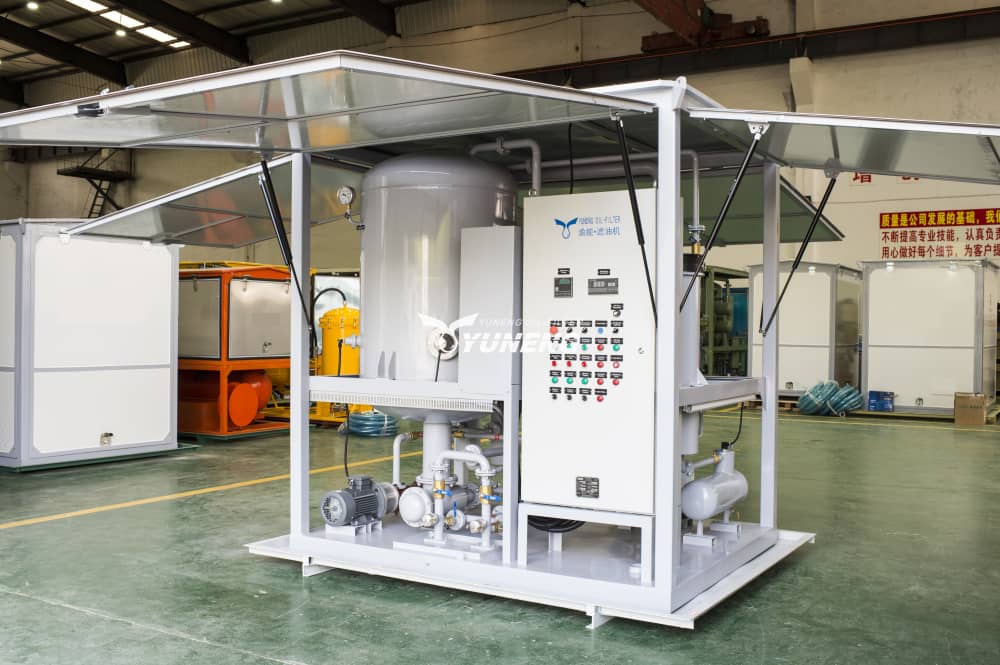
Conclusion
The oil degassing of transformers is an important step in the maintenance process that ensures the performance, reliability, and longevity of the transformer. Without proper and timely degassing of transformer oil, moisture and gas buildup in the oil may result in decreased dielectric strength, or worse, insulation failure. The combination of degassing contour oil maintenance with transformer oil filtration maintenance solution enhances oil quality. This prevents damage to the equipment, and ensures efficient, long-lasting power transmission.
Industries that need reliable solutions will benefit the most from the Yuneng transformer oil filtration machine. Yuneng oil purifier combines advanced vacuum purification technologies with effective degassing, dehydration, and filtration, all within one system. Equipped with precise control, robust design, and compliance with international standards, Yuneng ensures that all the oil achieves maximum performance and purity, which keeps the power system running efficiently and safely for many years.


